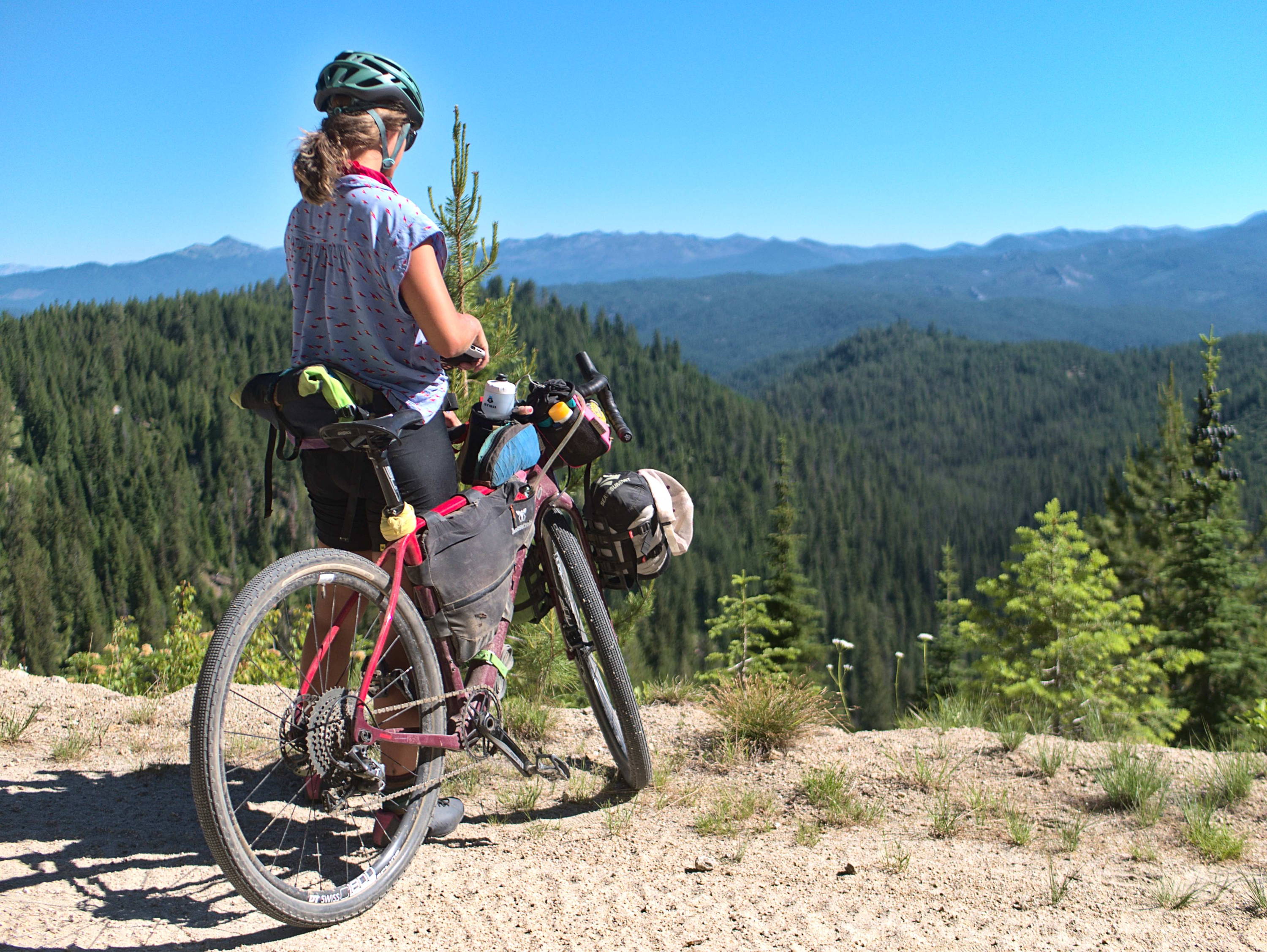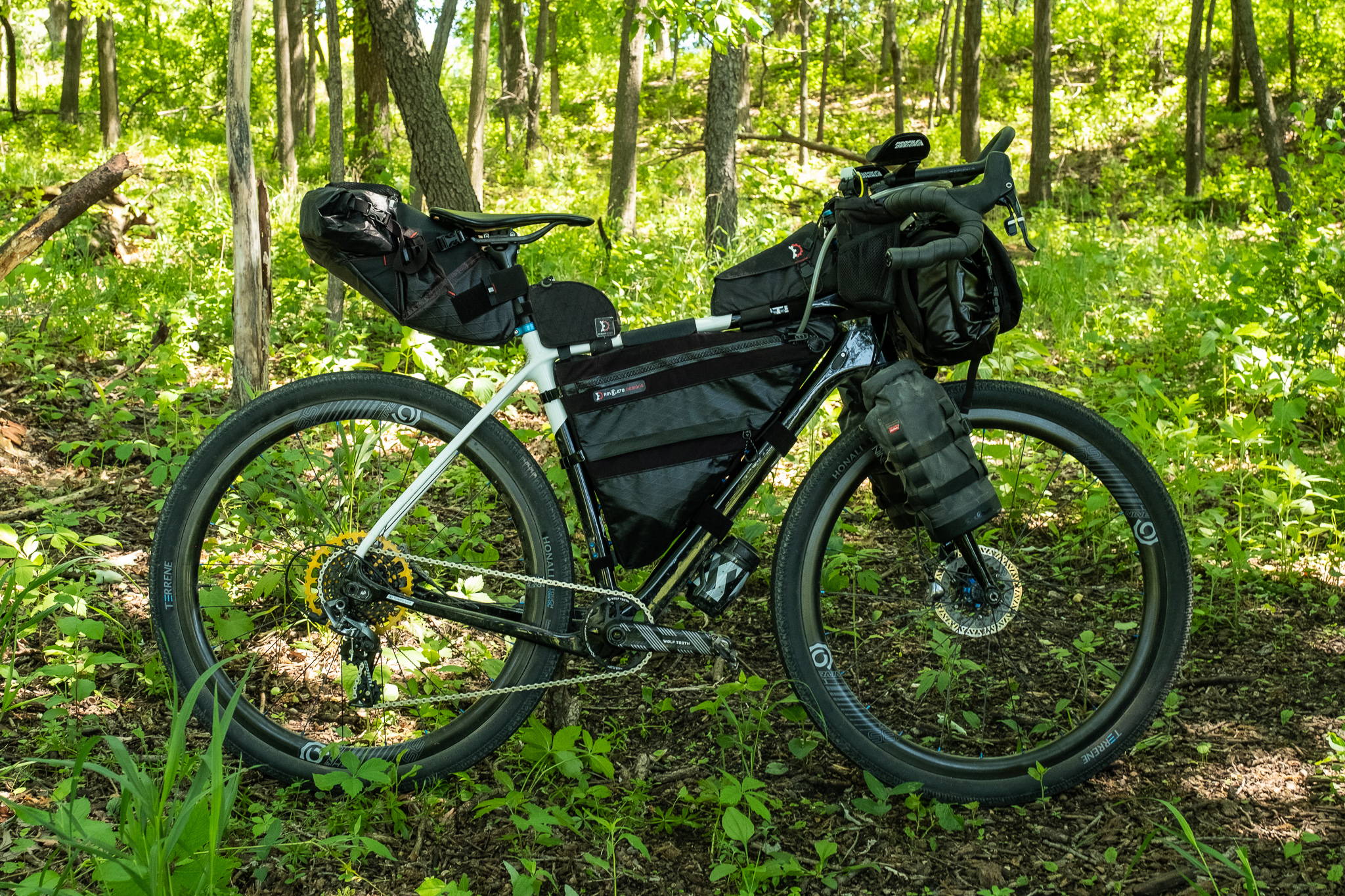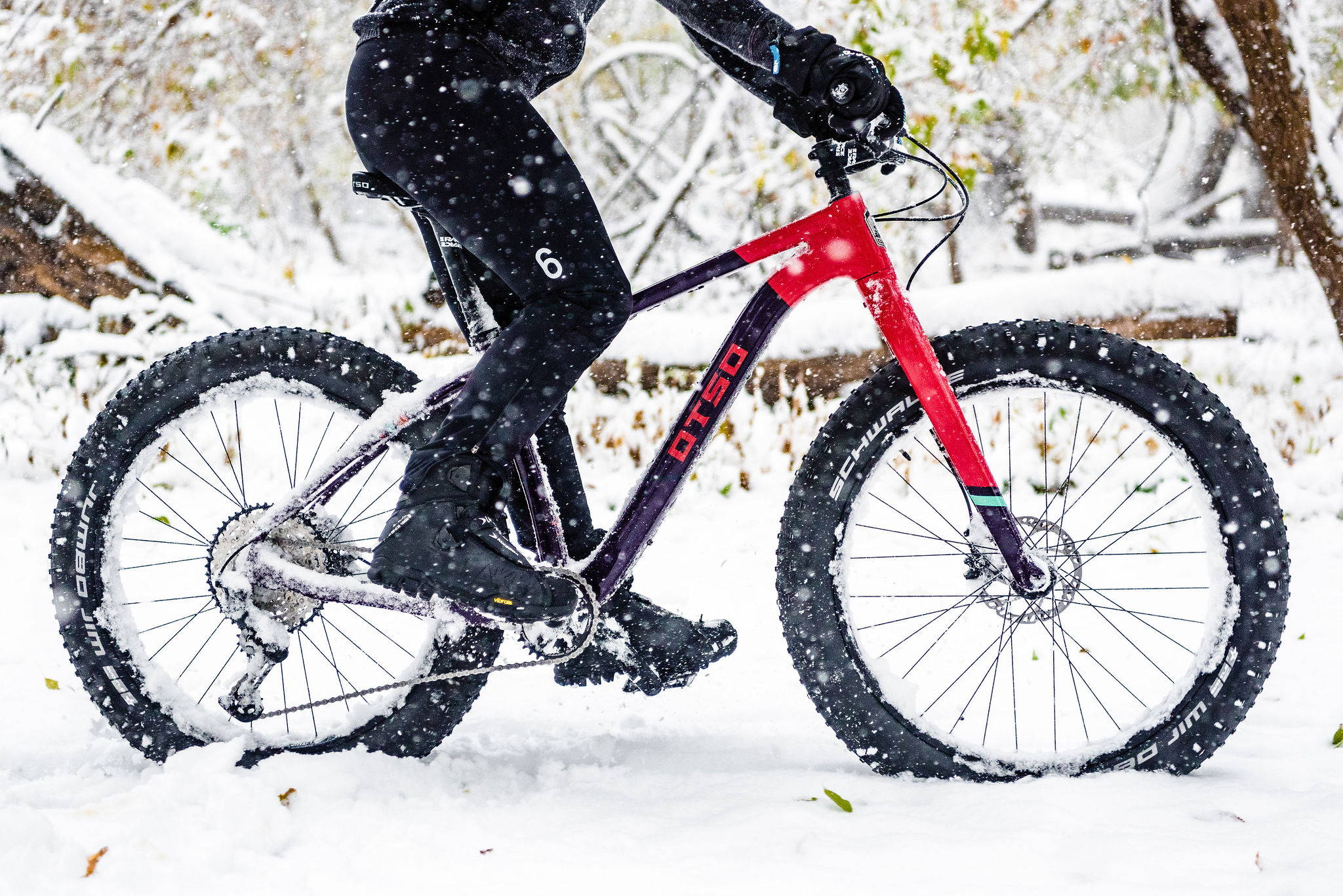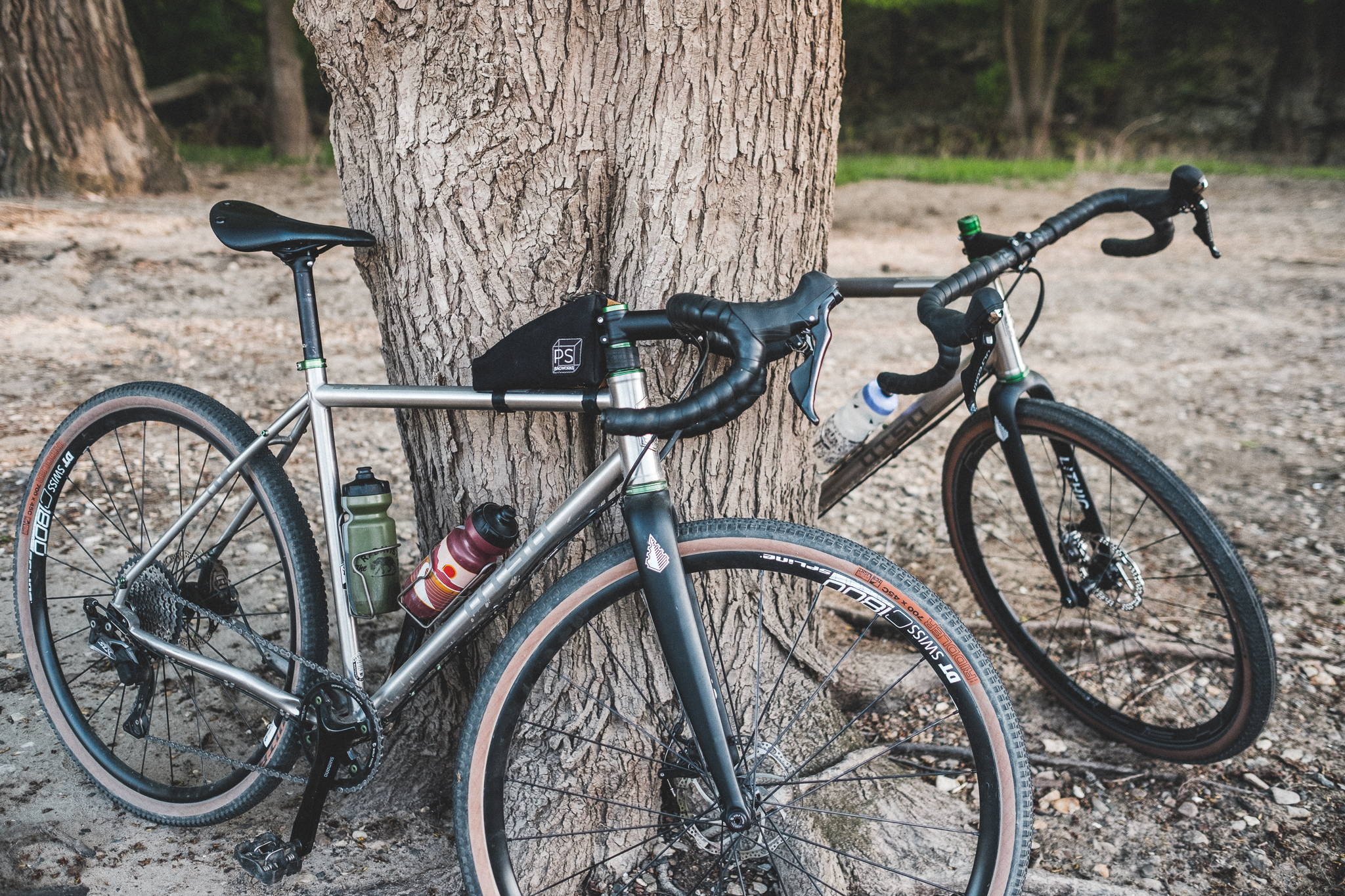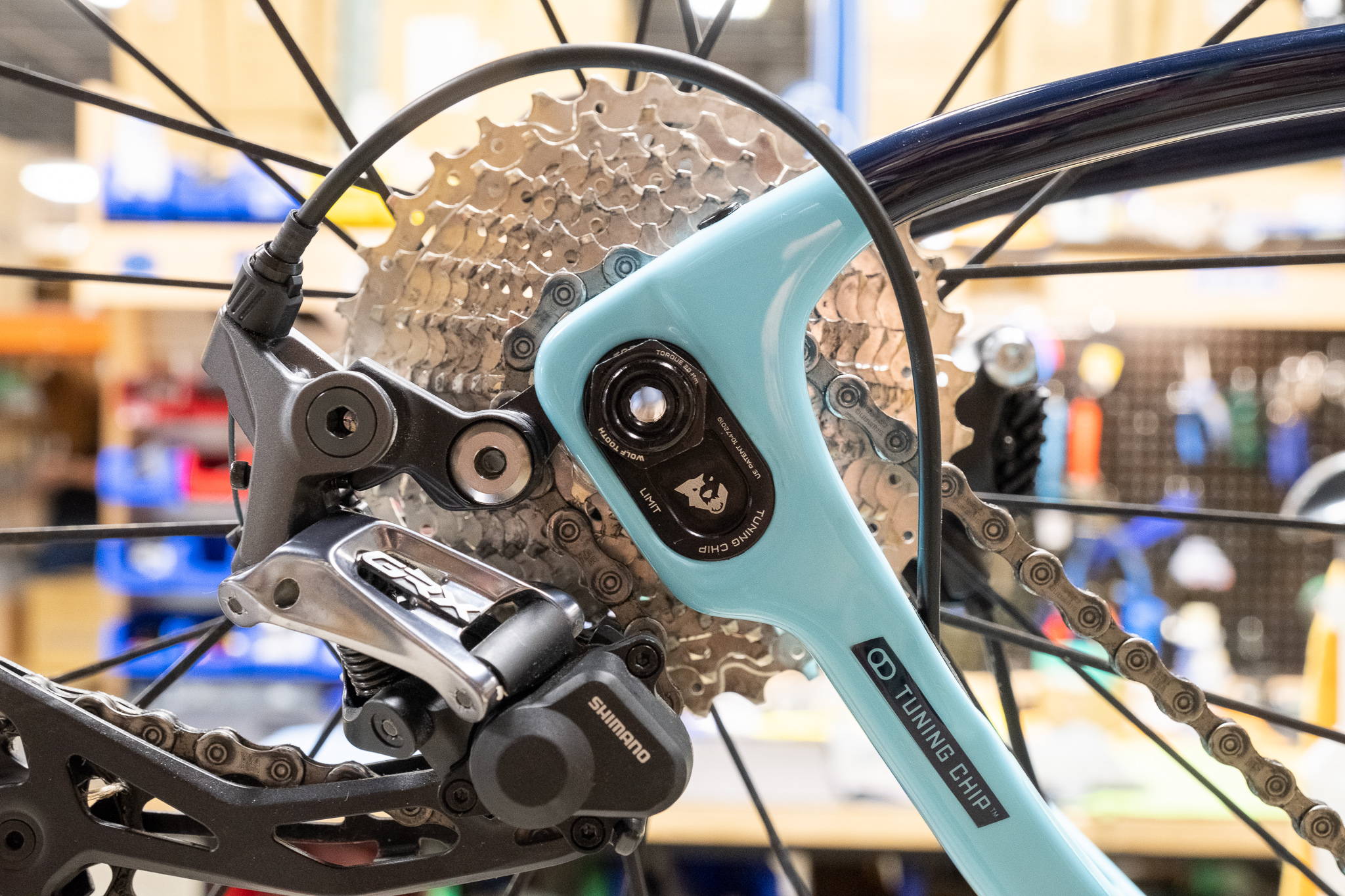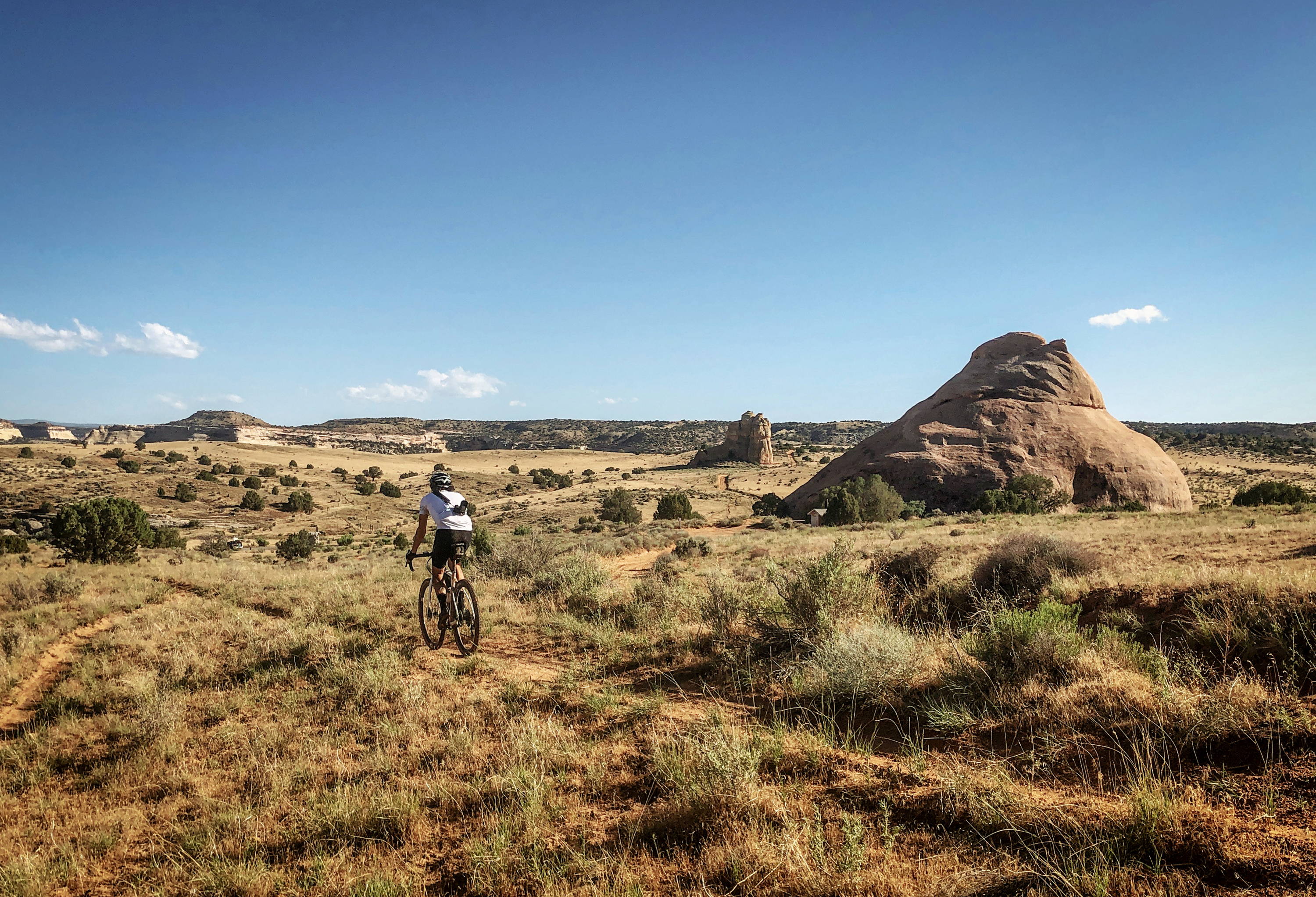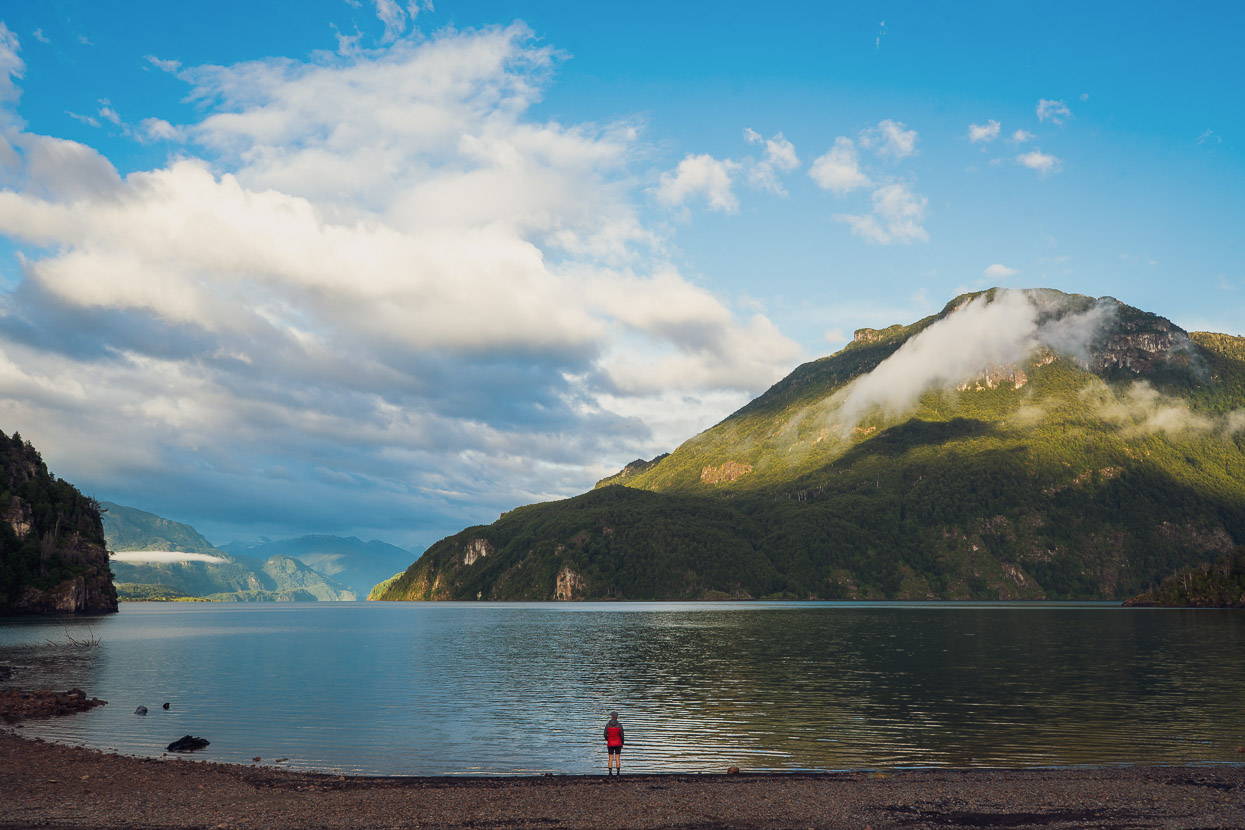Otso Journal
- All
- alaska
- andrew onermaa
- bikepacking
- Brenda Croell
- Dylan Morton
- Fenrir
- Fenrir Stainless
- gear
- kira minehart
- north south colorado
- otso cycles
- pierce martin
- rachel heath
- review
- sagar gondalia
- shop tour
- single speed
- Sky Island Loop
- taylor kennedy
- tech
- tech guide
- tour divide
- tuning chip
- Unbound Gravel
- Voytek
- Waheela C
- Waheela S
- Warakin
- warakin ti
- wheela c rack hardware kit
- wolf tooth
Bikepacking the Idaho Cold Springs
Tour Divide 2021: Ken's Waheela C Setup
New: Single Speed Conversion Kit for Tuning Chip™ Dropout, plus Instructions
New Voytek Colorways Now Available
Warakin Ti and Warakin Stainless Pre-Order
Tuning Chip Technology on Otso Bicycles: Everything You Need To Know
#TWCC2020: This Week Contains Centuries
End of the Road – a Transcontinental Bikepacking Tour Cut Short by Covid 19

